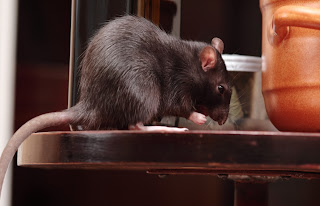Termite Control
PEST CONTROL SYDNEY 101
Termites Treatment
Damage inflicted by termites annually across Australia costs billions of dollars. In fact the cost of termite damage throughout the country has been found to be more than the total cost of devastation caused by floods, fire and storms combined. The main target of termites is wood although they can also cause significant damage to other things in the house. Therefore, termite treatment should be implemented without delay in order to guard your home from being literally consumed by these pesky intruders.
There are two major categories of termite treatment: one involves the use of pesticides or ‘termiticides’ while the other involves the use of baits. Liquid pesticides are injected into the ground below and around the house. This is done using rods which deliver the pesticide to the soil around the foundations, conduits, pipes and other structures to form a vertical barrier. The soil around the perimeter of the house is also treated to create a horizontal barrier. Termiticides are available in two forms namely repellents and non-repellents. Both have been specifically formulated to establish a chemical barrier between the soil and the house so termites cannot move from the soil into the house and vice versa. Repellents accomplish this by fending off the termites from the treated soil instead of killing them directly. On the other hand, non-repellents kill the termites by attracting them into the treated soil. This is an effective method of termite control because it results in the transfer of termiticides from the treatment area to other places where infected termites come in contact with other members of the colony.
Termite baits are excellent indicators of the presence of termites and are equally effective in permanently eliminating the entire colony. This is done by strategically placing termite monitoring stations in the ground or in common infestation spots. The baits contain a termiticide combined with paper, cellulose and other palatable substances favoured by termites. The baits work when termites feed on the treated food and carry it back to their nest, infecting others and reducing the size of the colony. The termiticide in the bait must work slowly so the termites can return to the nest instead of dying instantly near the bait. This is precisely the reason why termite treatments that deliver a quick kill solution won’t be effective in eradicating the whole colony.
In almost all cases, termite treatment is best left at the hands of professionals. The reason behind this is that termite infestations are usually widespread by the time they are detected. It will require a comprehensive understanding and specialised training in order to effectively eliminate any infestation to its core. A thorough treatment approach also requires the use of pesticides and equipment like tanks, pumps, drills, among others. A professional termite control company will be able to pinpoint areas at risk and identify parts of the house already infested with termites. Contacting professionals for termite treatment is the best option to ensure optimal results and keep your home termite-free.


Comments
Post a Comment